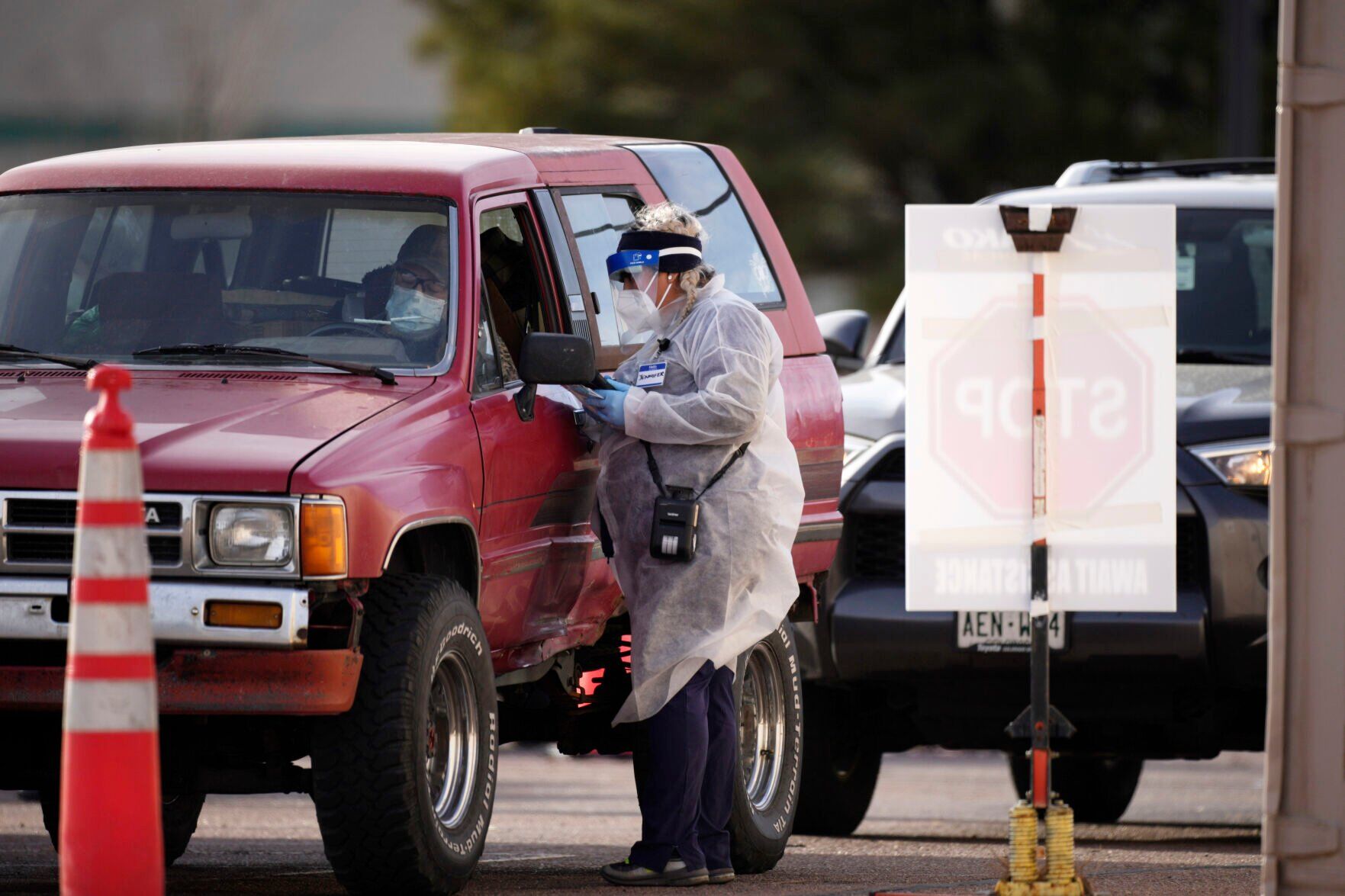COVID infections, hospitalizations in Colorado are up — but below previous peaks

The number of Coloradans hospitalized with COVID-19 jumped 38% over the past week, state data shows, and metrics tracking the extent of the virus’ spread here are at or near their highest levels in months.
But the state’s epidemiologist said all of those measures – “especially hospitalizations” – are low compared to the state’s previous waves, and the state is still on track for a peak that’s “significantly smaller” than past highs.
The state’s case totals, positivity rate and hospitalizations have been generally increasing for weeks as new strains of the virus jockey for dominance and lead to a new surge of infections. As of Wednesday afternoon, 225 Coloradans were hospitalized with the virus (68% of those were admitted to the hospital because of the disease; the rest presented with another medical issue and subsequently tested positive).
The state’s rate of positive COVID-19 tests over the past week is nearly 12%, and an average of 1,762 people have tested positive and reported those tests each day over the past week.
Colorado boots Pueblo clinic from COVID, pediatric vaccine programs
All of those metrics are at or near their highest since the omicron wave truly subsided two to three months ago. But all also pale in comparison to omicron’s highs, when hospitalizations topped 1,600, the positivity rate brushed against 28%, and the state was reporting more than 16,400 cases every day.
“While we are seeing a generally increasing trend in cases, we believe immunity to COVID-19 is strong throughout the state, and we are currently still within modeling estimates that would generate a significantly smaller peak in the coming weeks than we have seen in some recent waves,” Rachel Herlihy, Colorado’s epidemiologist, said in a statement.
Modeling released last month indicates Colorado’s hospitalizations should peak between 500 and 800 patients in the coming weeks.
El Paso County COVID cases, hospitalizations up in May – but still far below January numbers
The surge is being propelled by emerging subvariants of omicron, which drove cases to their highest point of the pandemic in December and January. Omicron was dethroned by one of its subvariants as the dominant strain in the state in mid-March, and that subvariant is now on the verge of being displaced by yet another progeny of omicron.
On Wednesday, state data indicated that 48% of new COVID-19 cases reported in mid-May could be attributed to BA.2, which has been dominant for more than two months. But 47% were due to BA.2.12.1, a new subvariant and the dominant strain nationwide. Behind that are two more subvariants that have slowly begun to gain prominence, albeit to a much lesser degree thus far.
Study: A third of Colorado’s COVID deaths were vaccine preventable













